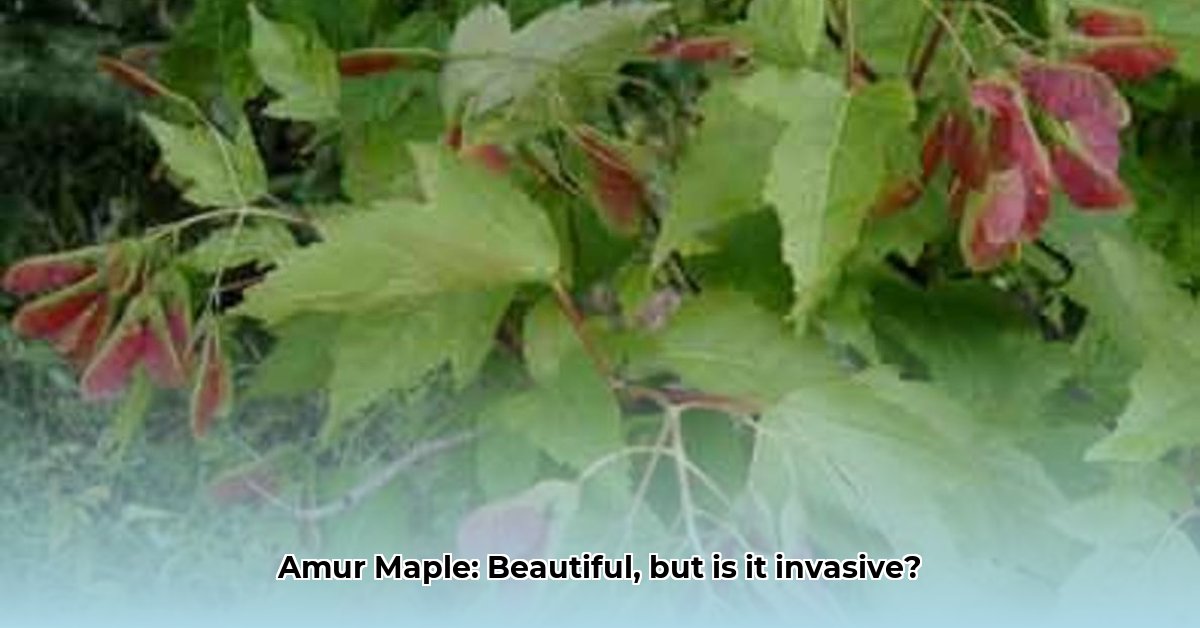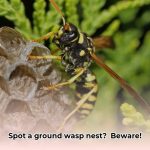The Amur River maple (Acer ginnala) boasts vibrant fall color and remarkable resilience. However, its beauty comes with a caveat: its invasive potential. This comprehensive guide explores the Amur maple’s characteristics, cultivation, and responsible management.
Unveiling the Amur Maple
The Amur River maple, sometimes referred to as Acer tataricum subsp. ginnala, hails from the Amur River valley bordering northeastern China and southeastern Russia. Its widespread popularity has led to unintended consequences, particularly in North America.
Distinguishing Features
The Amur maple typically grows as a small, multi-stemmed tree, reaching 15-20 feet tall and wide, with a rounded crown. While it can be trained into a single-trunk form, its natural tendency is toward a multi-trunked habit. The simple, opposite leaves, measuring 1.5-4 inches long, display three to five lobes with an elongated central lobe. These deep green leaves ignite in autumn, transforming into a spectacular display of yellows, oranges, reds, and deep burgundy hues. In spring, fragrant clusters of small, creamy-white flowers emerge, a unique characteristic among maples. These blossoms give way to paired, winged seeds (samaras), about ¾-1 inch long, which transition from pinkish-red to brown as they mature. The bark, smooth and grayish-brown in youth, develops shallow furrows with age.
Cultivating the Amur Maple: A Cautious Approach
The Amur maple’s adaptability contributes to both its appeal and its invasiveness. Thriving in USDA Hardiness Zones 3-8, it tolerates diverse conditions, from full sun to partial shade and various well-drained soils (loamy, sandy, and clay). It also exhibits moderate drought tolerance. This resilience, coupled with prolific seed production (up to 5,000 seeds annually), fuels its invasive spread, particularly across the Northeast and Midwest. Consult local authorities before planting to assess regional restrictions and recommendations, given its invasive potential.
Planting and Care
Amur maples thrive in full sun to partial shade and prefer well-drained soil. Plant in a hole twice as wide as the root ball, ensuring the top of the root ball is level with the ground. Water deeply after planting and regularly during dry periods. A slow-release fertilizer in spring can be beneficial. Annual pruning during dormancy helps maintain shape and health and removes dead, damaged, or crossed branches.
The Invasive Threat
The Amur maple’s prolific seed production and shade tolerance enable it to outcompete native vegetation and disrupt the balance of local ecosystems. Wind and water disperse its abundant seeds, facilitating widespread colonization, especially in disturbed areas. Its ability to establish itself in established forests further threatens native biodiversity.
Management Strategies
Existing infestations require diligent management. Small seedlings can be hand-pulled, while saplings necessitate digging. Mature trees require cutting down, often followed by herbicide application to the stump to prevent regrowth. Regular mowing can suppress new seedlings and sprouts. Always adhere to herbicide label instructions and local regulations.
Native Alternatives
Embrace the beauty of native alternatives that offer similar aesthetic qualities without the ecological risks. Consider these options:
| Tree | Description |
|---|---|
| Red Maple (Acer rubrum) | A classic for fall color, adaptable to various conditions. |
| Red Buckeye (Aesculus pavia) | Showy red spring flowers, attracts hummingbirds. |
| Serviceberry (Amelanchier spp.) | Edible berries, beautiful white spring flowers. |
| Pagoda Dogwood (Cornus alternifolia) | Tiered branching habit, attractive fruit. |
| American Hornbeam (Carpinus caroliniana) | Striking bark, shade tolerant. |
Pruning and Long-Term Care
Pruning is crucial for maintaining the Amur maple’s health, shape, and size. Prune during late winter or early spring before new growth emerges. Use sharp, clean tools – bypass pruners, loppers, and pruning saws – to make clean cuts, minimizing stress on the tree.
Pruning Techniques
- Assessment: Observe the tree’s structure, noting dead, damaged, or crossing branches.
- Removal: Remove dead, damaged, or diseased branches, cutting back to the branch collar.
- Thinning: Address crossing or rubbing branches, selecting the healthier branch to retain.
- Shaping: Lightly prune outer branches to enhance natural form or create a desired shape. Avoid removing more than 25% of the canopy annually.
- Size Control: Remove lower branches to raise the canopy or thin overcrowded branches.
You can train the tree into either a standard tree form, with a single trunk by removing other trunks from a young tree, or a multi-stemmed shrub form by pruning to encourage bushiness.
Responsible Planting Practices
The Amur maple’s story underscores the importance of informed plant selection. Cultivars like ‘Embers’ and ‘Flame,’ while visually appealing, retain invasive potential. Prioritize native alternatives to safeguard local ecosystems. Ongoing research continues to shed light on the Amur maple’s behavior and its impact on various environments. Stay informed and consult local resources to make responsible decisions that protect biodiversity.
- Grass Forever in Livermore: Your Guide to Artificial Turf - April 22, 2025
- German Roaches vs. American Roaches: Key Differences and Control - April 22, 2025
- 150+ Flowers That Start With S: A Comprehensive Guide - April 22, 2025










